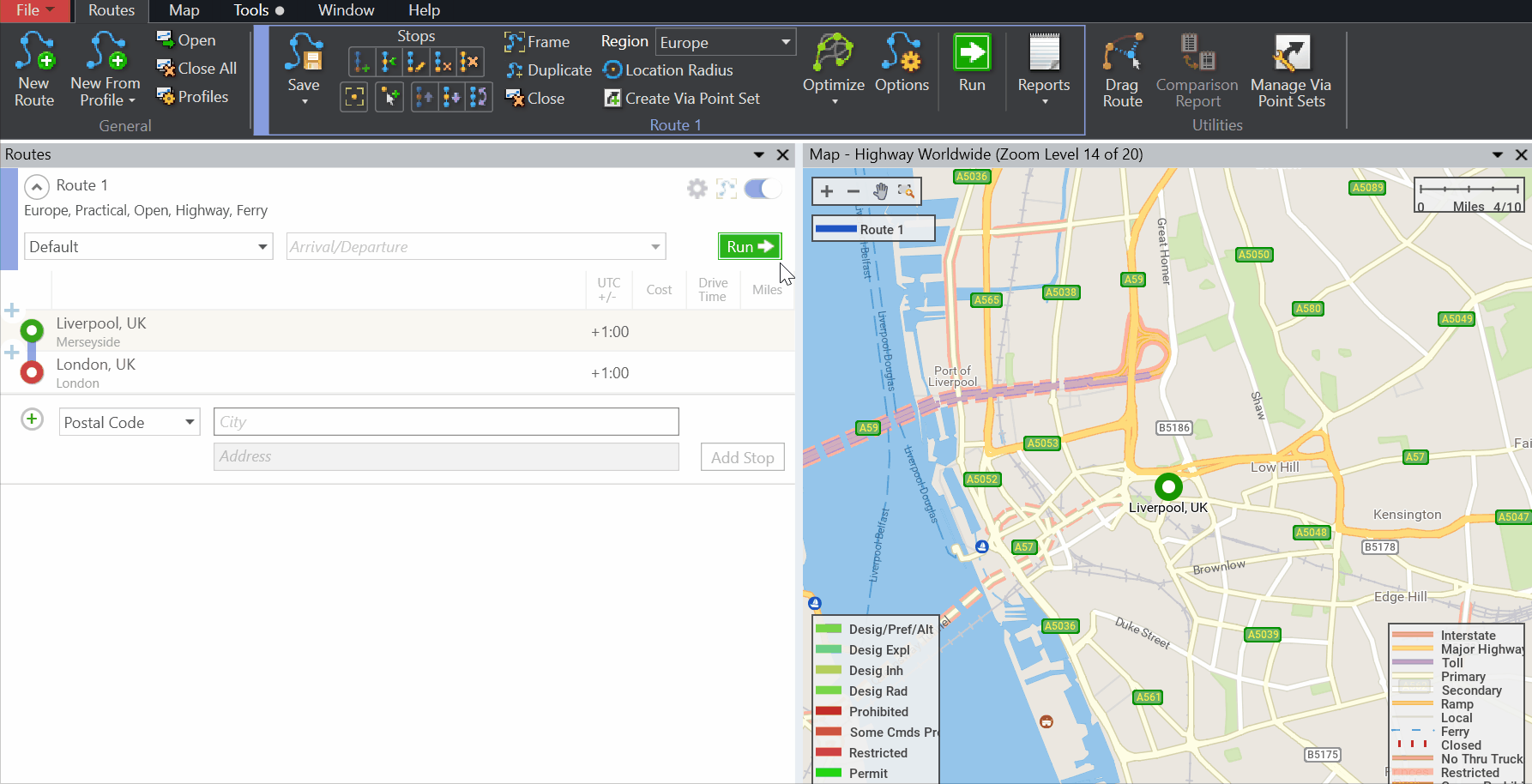Greenhouse gases trap and hold heat in the earth’s atmosphere, creating a warming effect that contributes to the climate change crisis and causes air pollution, especially in cities.
A significant portion of greenhouse gases are from carbon dioxide (CO2) emissions that are released into the atmosphere from a variety of activities. The transportation sector produces the most CO2 — 28% in the US.
Diagram of the U.S GHG Emissions by Sector in 2018
In the UK, the transportation sector accounts for slightly more than a third of all CO2 emissions. In both countries, road vehicles contribute most transportation-related CO2 emissions. Greenhouse gases are a cumulative problem because they build up in the atmosphere over time. That’s why tracking emissions is so important; it’s critical to know how much CO2 is being released into the environment.
How Governments and Businesses Are Addressing the Problem
Global lockdowns due to the pandemic reduced air pollution and lowered CO2 emissions, but due to the cumulative nature of greenhouse gases, the environmental relief is temporary, and the long-term problem remains. Governments and businesses are addressing the greenhouse gas issue with policies to achieve more sustainable operations, and to monitor progress, they have to track emissions.
But one challenge is that although CO2 emissions are a worldwide problem, there’s no universal standard or policy that all organizations use to calculate emissions. A variety of calculation methods are used, which creates a strong disconnect. It’s especially confusing for international companies that transport goods worldwide and use different calculation standards for regional operations.
The need for a standard is growing more acute as the focus on climate change intensifies. Businesses are under increased pressure to be transparent about the environmental impact of their activities as other companies step up and make commitments to reduce their carbon footprint. Government regulations are also on the rise in some regions, heightening the urgency to adopt a standard calculation approach.
How Trimble MAPS Helps Standardize Greenhouse Gas Tracking
Transportation companies that operate in Europe typically use the European Norm 16258 for calculating greenhouse gas emissions. North American shippers tend to use the SmartWay Truck Carrier Tool to determine their emission totals. But because the standards for determining emissions differ, regional data calculated using divergent methods muddies the big picture instead of clarifying it.
Trimble MAPS is helping with a comprehensive Tank-to-Wheel approach that uses the European Norm 16258 and the SmartWay Truck Carrier Tool as key indicators. This calculation method incorporates the vehicle type, fuel use and direct emissions on a specific route. The calculation takes into account both static and individual factors to determine a partner’s road vehicle emissions by region.
The Trimble MAPS approach supports partner companies by making it easy to update the vehicle setup and create trip-based calculations for a specific route using web services. Intuitive dashboards provide detailed estimates of various factors for a planned route, a leg of the trip and total expenses per trip, including fuel and labor costs as well as greenhouse gas emissions for the route.
Seeing Greenhouse Gas Costs Clearly
With a standard calculation method, Trimble MAPS can help partner companies align global business efforts to track greenhouse gas emissions, allowing organizations to create apples-to-apples comparisons across regions. The dashboards improve the quality and detail of the cost reports and calculations to deliver a comprehensive overview of commercial vehicle operating costs, including greenhouse gas emissions.
Standardization is important because it allows businesses to closely monitor emissions over time to track the progress of reduction initiatives. A standard approach also allows companies to make more informed decisions about buying and replacing fleet vehicles and making investments in energy savings at the targeted levels that are right for their business.
The Trimble MAPS standard approach also helps partners improve compliance and meet legal requirements for CO2 emissions tracking. It simplifies the process of complying with evolving regulations from governments as well as following customers’ greenhouse gas policies that are in effect now or may be adopted in the future.
The Trimble MAPS approach is unique because it gives partners a choice across regions so they can customize it for their fleet’s needs, supporting the European Norm 16258 , SmartWay and also the Handbook of Emission Factors for Road Transport (version 3.2). The bottom line? Trimble MAPS simplifies greenhouse gas emissions reporting to help companies comply with regulations and reduce the long-term impact on climate change.
For more information or to arrange a full product demo, contact our team below!

.png?width=512&name=chart%20(1).png)
